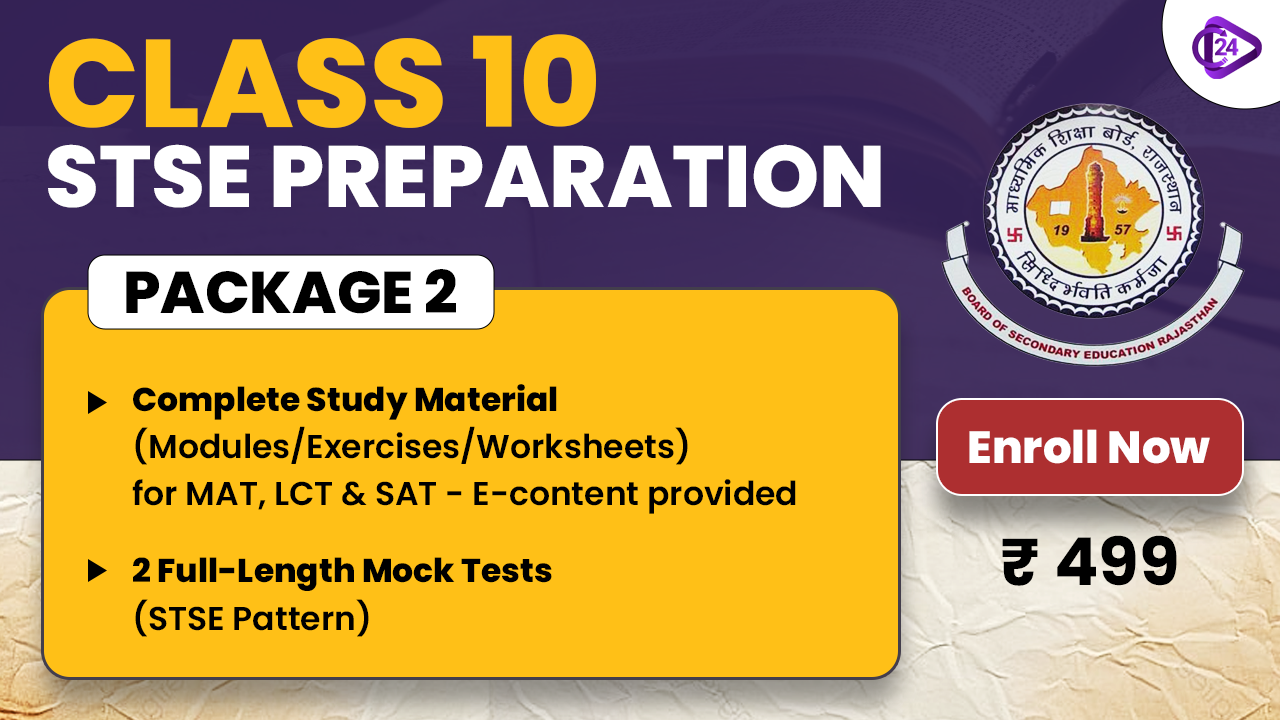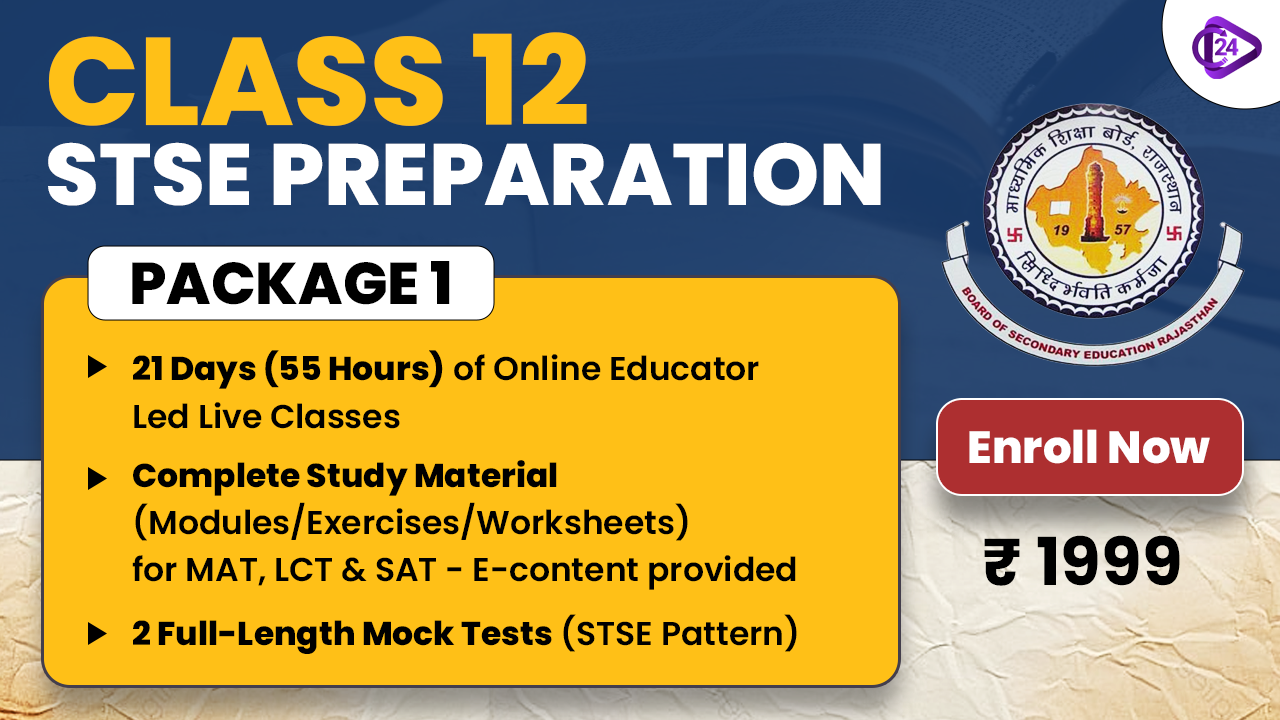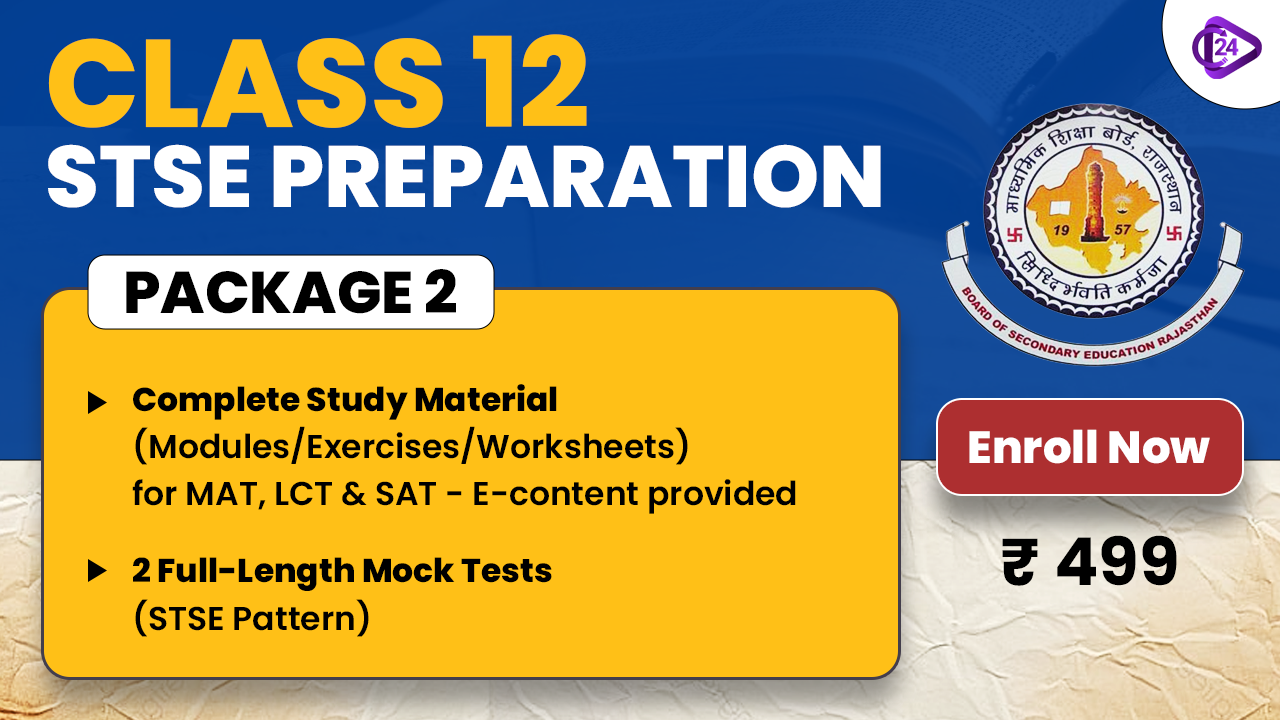
It has come to the attention of the Union Education Ministry that enrollment in government schools has decreased year after year in 11 States and Union Territories, among them Uttarakhand, Telangana, Tamil Nadu, Andhra Pradesh, Maharashtra and Kerala. Even though the government spends a lot on programs like Samagra Shiksha, students are turning more to private unaided schools. Because of this shift, both inclusive education and fair access to schooling are facing threats. The Ministry requests that States find out what leads to this scenario and apply measures to correct it and uplift the image of government schools.
Context
-
Despite big investments from the government, several States are seeing a consistent drop in students going to government schools.
-
States have been asked by the Centre to work out what is stopping students from enrolling in government schools and to improve enrollment by taking action.
Key Points
Enrollment of States
-
Telangana: Most schools in Telangana (70%) are run by the government, but only 38.11% of students choose them.
-
Uttarakhand: Schools in Uttrakhand are largely government (71.84%), however, only 36.68% children enroll.
-
Tamil Nadu: Most of the students in Tamil Nadu are in government schools which make up 64% of the schools and have 37% of the enrollment.
-
Andhra Pradesh :This state has 73.32% government schools with 46.33% students and 52.09% of them are unaided schools.
-
Maharashtra & Kerala: Students were not enrolled because their details matched those in the Aadhaar system.
Concerns Raised:
-
In spite of spending a lot of money, the number of students in government schools is decreasing.
-
States should properly analyze issues like how children are educated, available infrastructure, the number of teachers and what the public thinks.
Policy Recommendations:
-
Create a well-known brand for your government school to draw more students.
-
Work on school facilities, teacher skills and achievements of students.
-
Stronger ways to supervise and inspect activities.
-
Involve families and neighborhoods in building trust back into public schools.
Reasons for declining enrollment in government schools
-
Low quality education
-
Because of accountability issues, under performing learners and teachers rarely attending school, many parents do not choose government-run schools for their children.
-
-
Infrastructure Deficiencies
-
In many govt schools, things like clean toilets, clean drinking water, electricity and usable classrooms are scarce.
-
-
Rise of affordable private schools
-
Lower-cost private schools teach in English and provide better discipline in class which brings in families with low incomes.
-
-
Lack of skilled teachers
-
Having fewer teachers and mixed-grade classrooms decreases the attention and impact of teaching.
-
-
English-medium Preference
-
Most govt schools do not teach in English and parents are now more interested in this kind of education.
-
-
Lack of Extracurricular and Modern Facilities
-
A lack of digital tools for learning, sports facilities and guidance about careers in govt schools.
-
-
People moving to cities
-
When people migrate to cities, their children often attend government schools nearby, while the ones left in the villages might not have enough students, causing inequality in the system.
-
-
Social Perceptions and Status
-
Many consider govt schools to be a last choice for those who cannot afford private schools which plays into social stereotypes.
-
-
Mid-Day Meals issues
-
Bad or irregular mid-day meal services negatively influence whether or not students come to school and how many are enrolled.
-
-
Policy implementation issues
-
Frequent shifts in policies and bad implementations like for the RTE Act weaken the effects in the long run.
-
Ways to improve enrollment in government schools
-
Strengthen the quality of teaching.
-
Frequently train teachers and use performance as a basis for their incentives.
-
-
Improve the facilities at schools.
-
Maintain safe and clean toilets, provide clean water to drink, ensure there is electricity and set up smart technology in all schools.
-
-
Encourage teaching in English language
-
A good place to start is to provide early English/bilingual teaching led by prepared teachers with the necessary tools.
-
-
Focus on basic education.
-
Make NIPUN Bharat the basis for literacy and numeracy with the use of local languages as supporters.
-
-
Encourage People to Get More Involved
-
Give power to School Management Committees and invite parents to participate in enrollment events.
-
-
Improve the quality of the mid-day meals.
-
Deliver meals that are both healthy and safe by inviting NGOs and private firms to help in providing food.
-
-
Introduce technology into schools and classes.
-
Make use of DIKSHA and supply tablets/laptops so students get digital learning in schools and at home.
-
-
Identify, track and review student achievement.
-
Carry out NAS and give extra help after reviewing student achievements.
-
-
Give Scholarships and Help Struggling Families Economically
-
Provide free uniforms, books, bicycles and scholarships to help those who might leave school.
-
-
Make use of Public-Private Partnerships (PPP).
-
Team up with NGOs and businesses to find new ways to teach and reach students.
-
Government Initiative for School Education
-
Samagra Shiksha Abhiyan.
-
A scheme for school education helping kids from pre-primary to Class 12 achieve more access, fairness and improved quality of education.
-
-
NIPUN Bharat Mission
-
Initiated to make sure that all children in Classes 1 to 3 have fundamental literacy and numeracy skills by 2026–2027.
-
-
PM SHRI Schools
-
Hopes to construct over 14,500 model schools in India that are equipped with current facilities and new education approaches.
-
-
Beti Bachao, Beti Padhao
-
Supports education for girls and tries to improve the number of girls compared to boys in schools.
-
-
Mid-Day Meal Scheme (PM POSHAN)
-
Supplies free healthy food in government schools to boost attendance, lower the risk of dropping out and increase learning.
-
-
Vidya Samiksha Kendra (VSK)
-
Enables real-time monitoring of student learning and school performance through data analytics.
-
-
Digital Initiatives (DIKSHA, e-Vidya, PM e-Vidya)
-
Allows teachers and students to use many textbooks, recorded lectures and other e-content at no charge.
-
-
The role of the School Management Committee (SMC)
-
Supports parents and citizens in the neighborhood becoming engaged in decisions about the school and its progress.
-
-
Distribution of free uniforms, books and scholarships
-
Helps children from SC/ST/OBC/EWS groups overcome financial problems that prevent them from getting an education.
-
-
The National Achievement Survey (NAS)
-
Regular nationwide data collection that reviews learning outcomes and supports both policy and teaching in schools.
-
Conclusion:
A decrease in government school enrolment makes it harder to give all children access to decent and affordable schooling. The Centre and State governments should take rapid action to make government schools more attractive and effective through targeted efforts that they provide. Public education being strengthened is essential to reaching universal education goals and achieving social equity as outlined in the Right to Education Act.
UPSC Prelims Practice Question
Q. Explain why enrollment in government schools in India has lowered.
-
Problems with pure drinking water and proper sanitation
-
Private schools make use of strong digital infrastructure.
-
Parents often prefer to have their children educated in English.
-
Teachers tend to move often between schools in the private sector.
Pick the correct answer
- (a) Only 1 and 2 are true.
- (b) Only 1 and 3 are true
- (c) Only 2 and 4
- (d) 1, 2 and 4 only
UPSC Mains Practice Question (GS Paper II)
Q. “Investments made through Samagra Shiksha Abhiyan do not seem enough for school enrolment to stay high in many areas.”
Look into the factors behind this trend and offer solutions in the form of policies. (250 words)



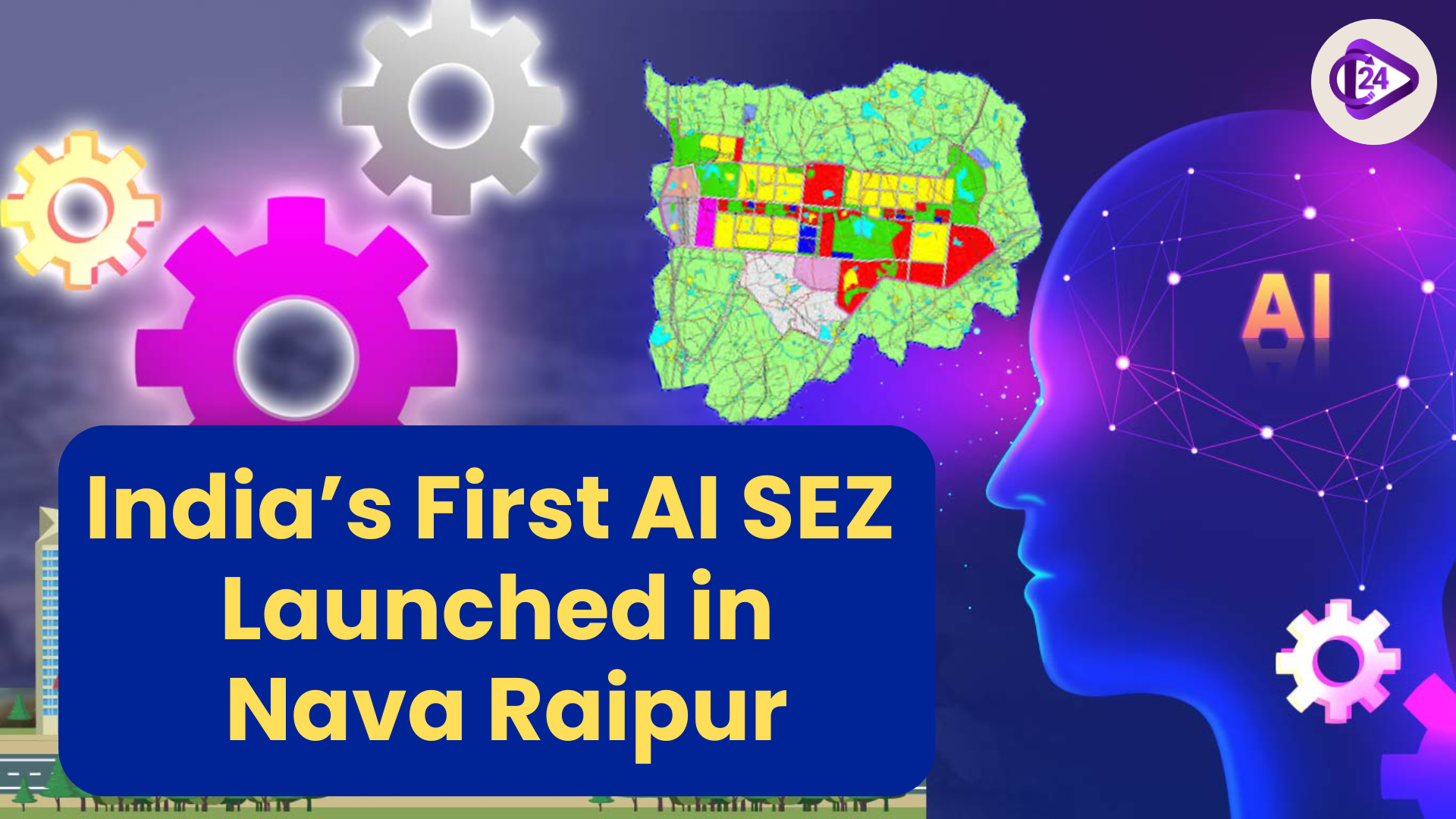 India’s First AI-Focused SEZ launched in Nava Raipur To Push India Towards Digital Modernization
India’s First AI-Focused SEZ launched in Nava Raipur To Push India Towards Digital Modernization Devi Ahilyabai Holkar Jayanti 2025 celebrated on 31st May
Devi Ahilyabai Holkar Jayanti 2025 celebrated on 31st May India Unveils the E-Hansa: An Electric Training Aircraft Increasing Green Aviation
India Unveils the E-Hansa: An Electric Training Aircraft Increasing Green Aviation Assam OKs Arms Licences for Indigenous Border Dwellers
Assam OKs Arms Licences for Indigenous Border Dwellers Measles Vaccine prevented over 9 crore deaths across the globe: Health experts
Measles Vaccine prevented over 9 crore deaths across the globe: Health experts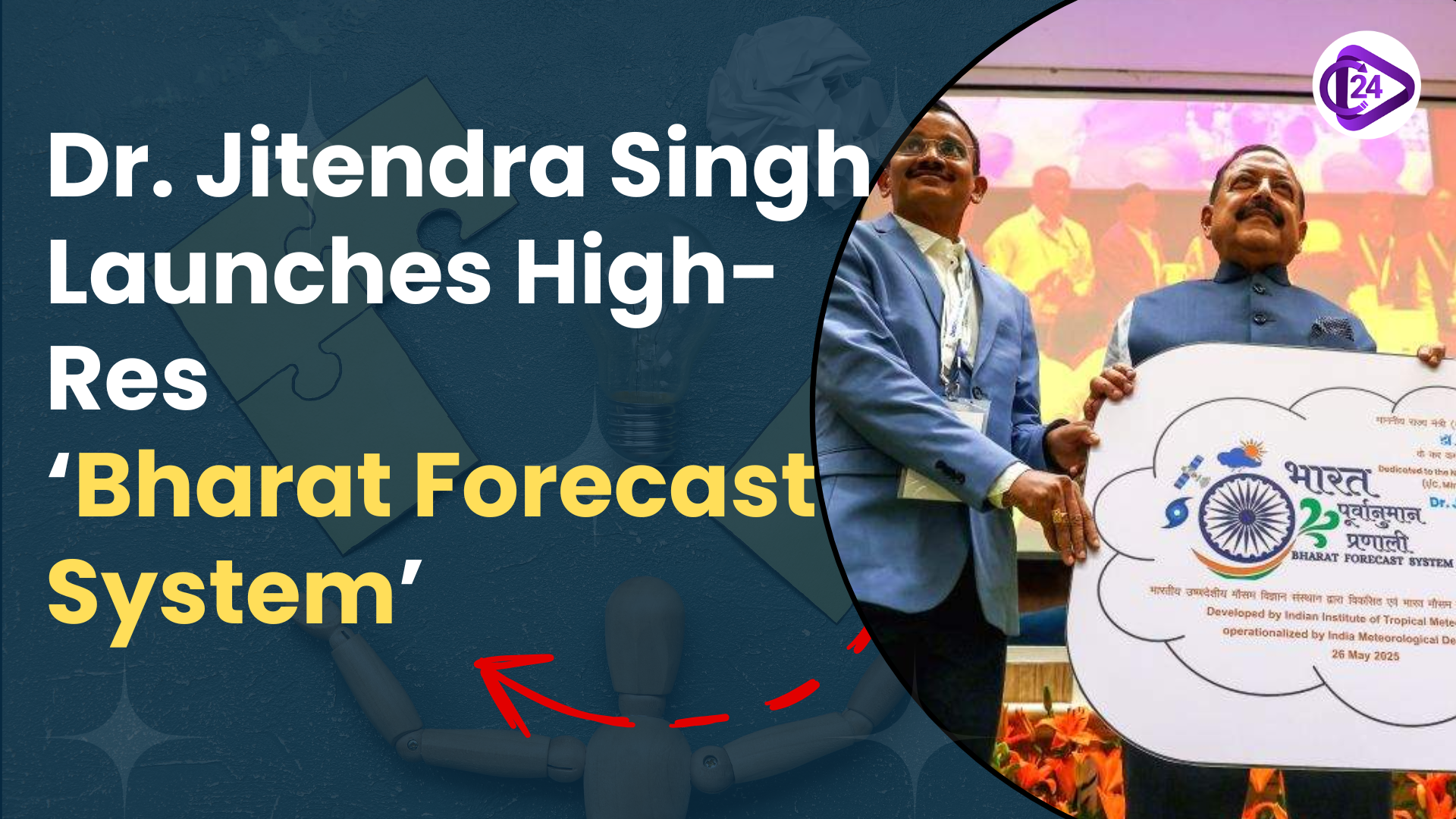 India Launches Bharat Forecast System for Accurate Local Weather
India Launches Bharat Forecast System for Accurate Local Weather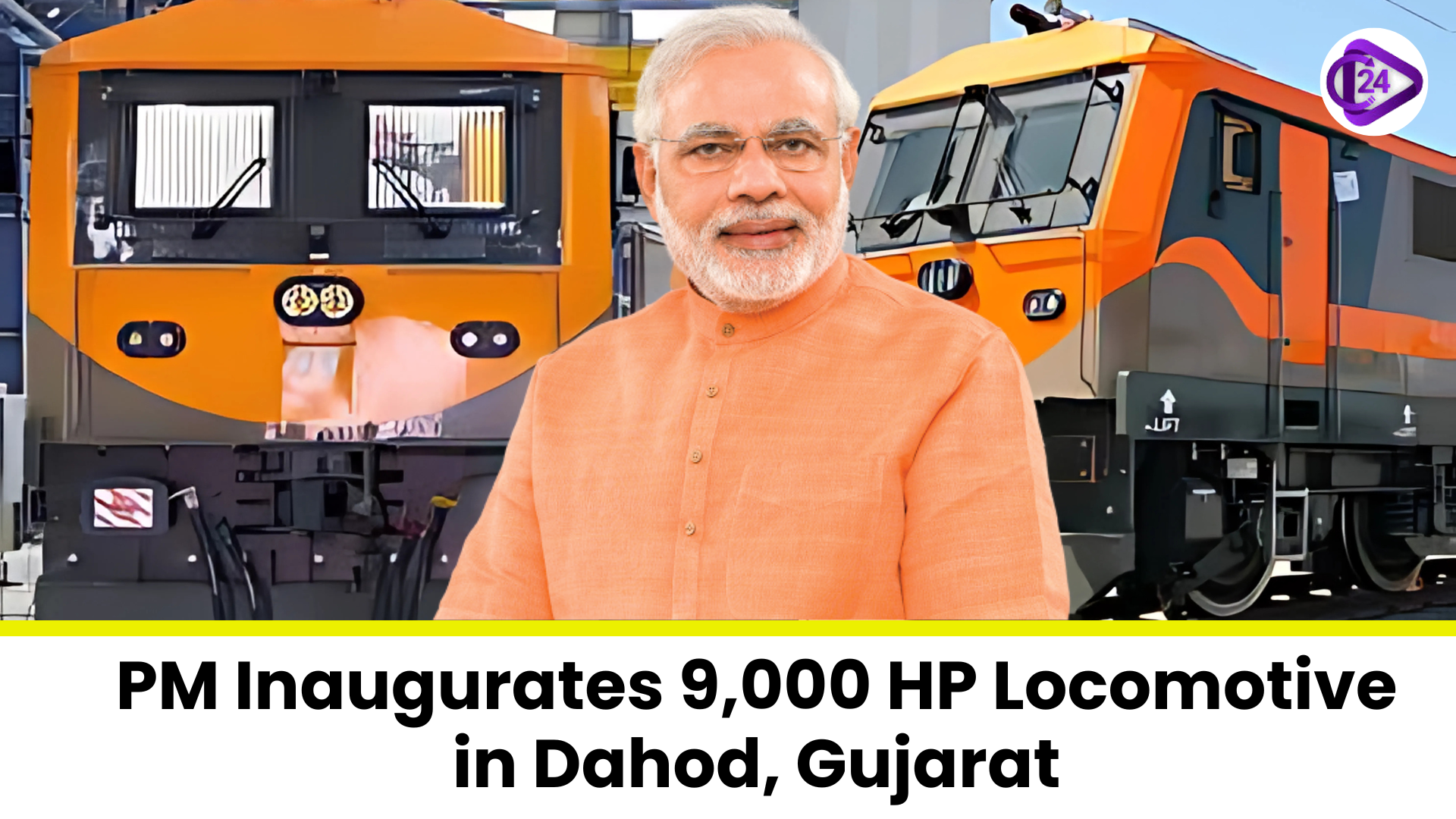 PM Modi inaugurated India’s leading 9,000 Horsepower Locomotive at Dahod, Gujarat
PM Modi inaugurated India’s leading 9,000 Horsepower Locomotive at Dahod, Gujarat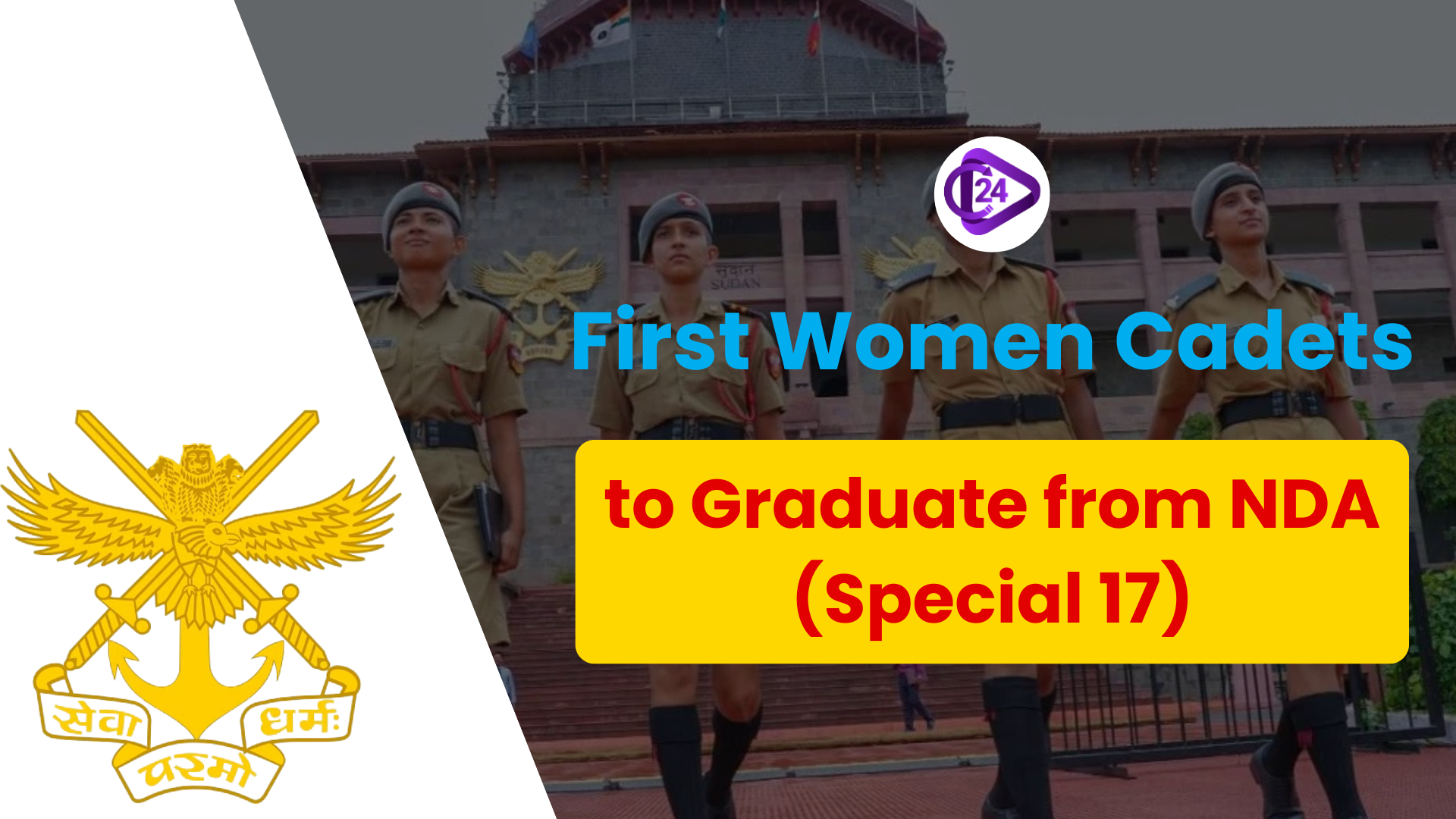 Special 17: First batch of women cadets set to pass out of NDA
Special 17: First batch of women cadets set to pass out of NDA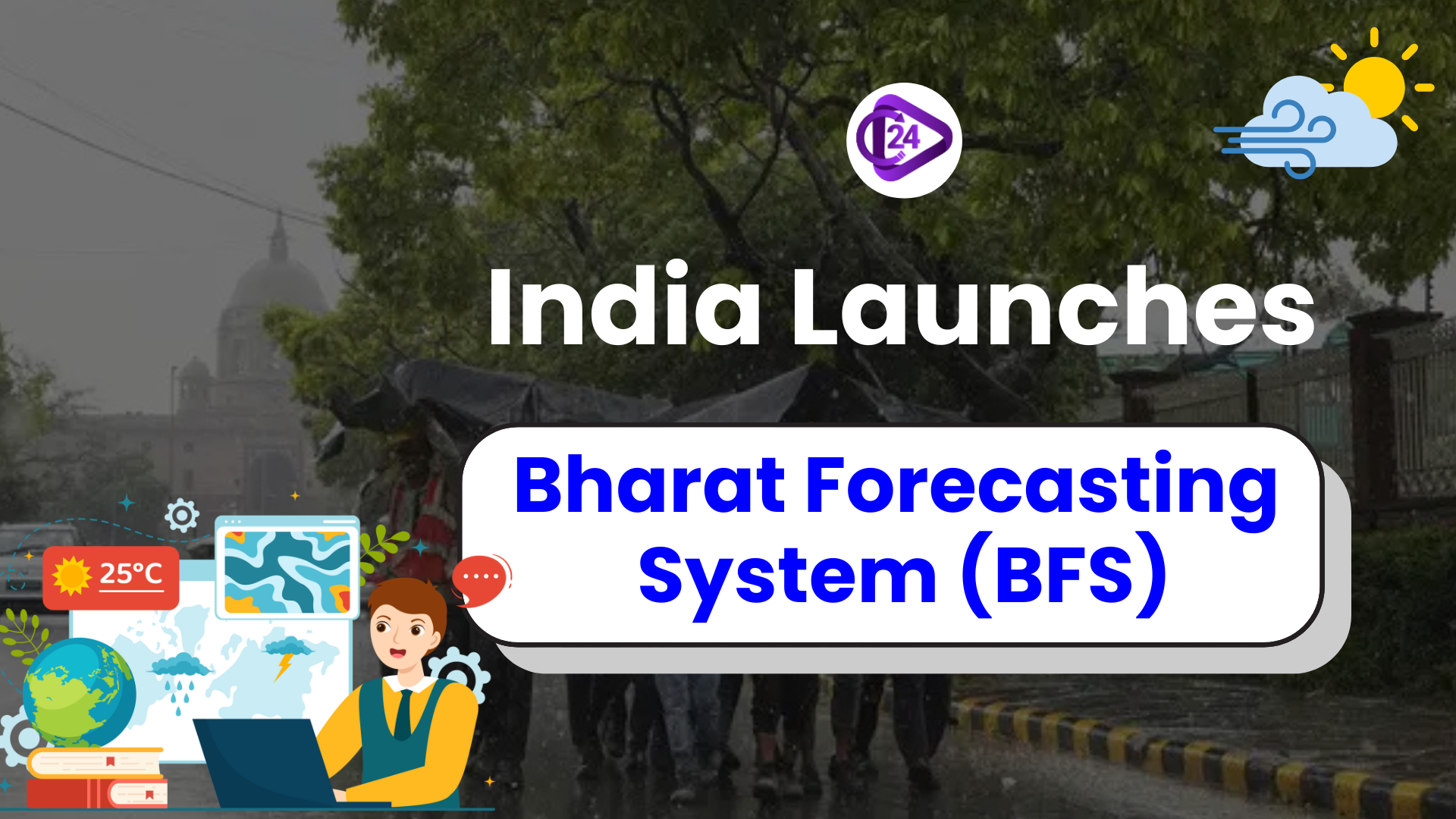 India Launches Bharat Forecasting System (BFS), the World’s Highest Resolution Weather Forecast Mode
India Launches Bharat Forecasting System (BFS), the World’s Highest Resolution Weather Forecast Mode


